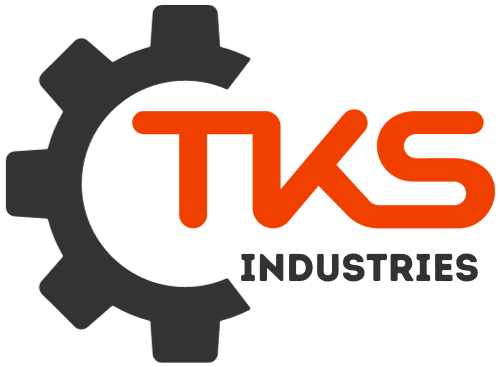[ad_1]
So, you’re ready to sell your machinery, eh? Excellent!
Selling used machinery can be a great way to free up cash, upgrade your equipment, or simply declutter your operation. Whether you’re dealing with a trusty old forklift or a precision CNC lathe, the process involves careful planning and execution to ensure a smooth and profitable transaction.
Let’s get you started:
Step 1: Assessment and Preparation
- Inventory: Take a thorough inventory of the machinery you wish to sell.
- Documentation: Gather all relevant documentation, including maintenance records, manuals, and any warranty information. This builds trust with potential buyers.
- Clean and Repair: Give your machinery a good cleaning and address any minor repairs. A presentable machine shows you’ve taken care of it and increases its appeal.
Step 2: Pricing Your Machinery
- Market Research: Research similar machinery listed for sale online and locally. Check auction prices and wholesale values to get a realistic idea of your equipment’s worth.
- Condition: Factor in the age, condition, and functionality of your machinery. A well-maintained machine in good working order will command a higher price.
- Negotiation Buffer: Consider adding a buffer to your asking price to allow for negotiation.
Step 3: Marketing and Promotion
- Online Platforms: Utilize online marketplaces specifically for used machinery, such as Machinery Trader, AuctionTime, or IronPlanet.
- Local Listings: Advertise in local newspapers, trade publications, or online classifieds targeting your region.
- Networking: Inform industry contacts, suppliers, and potential buyers about your machinery sale.
Step 4: Screening and Communication
- Respond Promptly: Answer inquiries promptly and courteously. Provide detailed information about the machinery and address any questions thoroughly.
- Schedule Viewings: Allow potential buyers to inspect the machinery in person at a convenient time.
Step 5: Negotiation and Sale
- Be Prepared to Negotiate: Buyers may offer lower prices. Be firm on your bottom line but be willing to negotiate within reason.
- Secure Payment: Establish a secure method of payment, such as bank transfer or escrow service.
- Finalize the Sale: Draw up a sales agreement that outlines the terms of the sale, including price, payment terms, delivery arrangements, and warranties (if any).
Step 6: Delivery and Paperwork
- Coordinate Delivery: Arrange for safe and efficient transportation of the machinery to the buyer.
- Complete Paperwork: Finalize all necessary paperwork, including bill of sale, title transfer documents, and any applicable tax forms.
Additional Tips
- Professional Photography: Use high-quality photos to showcase your machinery online.
- Accurate Descriptions: Provide detailed and accurate descriptions of the machinery’s features and condition.
- Build Trust: Be transparent and honest with potential buyers to build trust and confidence.
Selling used machinery can be a rewarding experience when approached strategically. By following these steps and tips, you can maximize your chances of a successful and profitable sale. Good luck!
[ad_2]
